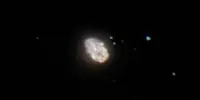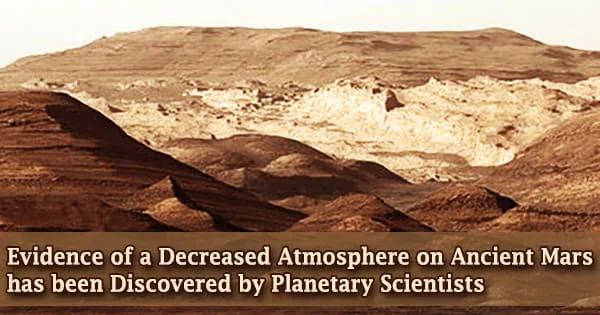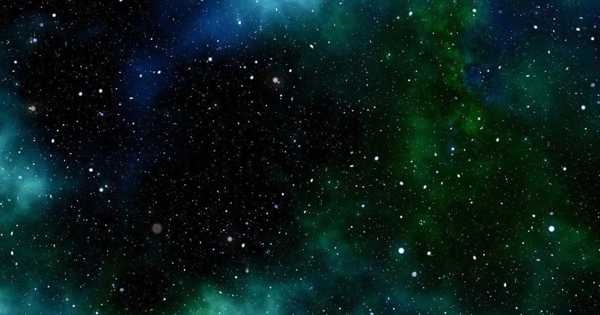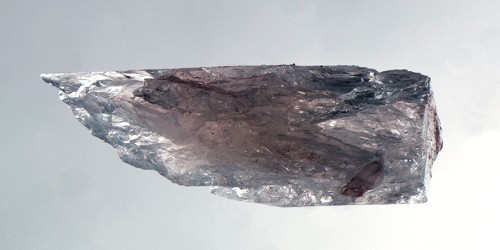Only twice have humans been allowed to journey into interstellar space, due to the Voyager 1 and 2 spacecraft, which have been in orbit for more than 45 years. The boundaries of the termination shock and heliopause, the so-called boundary of the Solar System where plasma originating from the Sun is no longer dominating and interstellar material becomes the predominant influence, were passed during the previous decade. Now, fresh study uncovers an unexpected characteristic of these limits. They have wrinkles; they are not smooth.
The heliosphere is the area where the solar wind dominates. Despite being called a “sphere,” it is only round on one side. The opposite side is extended like a comet’s tail. The spherical side, which is much closer to Earth, has been traversed by the Voyager probes. They first experienced the termination shock, in which the solar wind’s speed is reduced to that of sound. Then there is the heliopause, where the interstellar material passing through the Milky Way is pushing the solar wind back.

Voyager 1 crossed this border in 2012, and Voyager 2 did so in 2018, giving us important information about the area. To observe the heliopause, however, a different mission does not have to travel as far. IBEX (Interstellar Boundary EXplorer) is a NASA spacecraft that orbits Earth while monitoring developments at the frontier of the Solar System. Astronomers used a specific instance from 2014, when the solar wind’s pressure surged by 50%.
According to the findings, the particle-wave crossed the heliopause in 2015 and caused waves that stretched 1.5 billion kilometers across the border (over 900 million miles). Between the termination shock and heliopause, particles were reflected back and forth. The impact was so great that Voyager 1’s heliopause advanced by 460 million miles or 750 million kilometers relative to its position in 2012. Although Voyager 1 stayed in interstellar space, the heliosphere may have approached it very closely.
Measurements in the direction of Voyager 2 are less clear, but they could have given the probe a little more time to go to interstellar space. Every 11 years, the Sun’s activity fluctuates, and it was known that this causes the distance between the Sun and the rest of the galaxy to shift. This study demonstrates that the heliosphere is not a smooth zone, but rather a wrinkled, rippling one, and that the changes may be more intricate than previously believed.
IMAP, NASA’s Interstellar Mapping and Acceleration Probe, will add to our understanding of this topic. It is anticipated to debut in 2025.
















